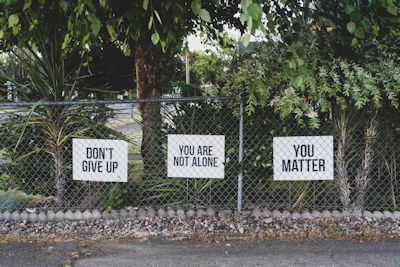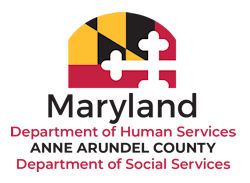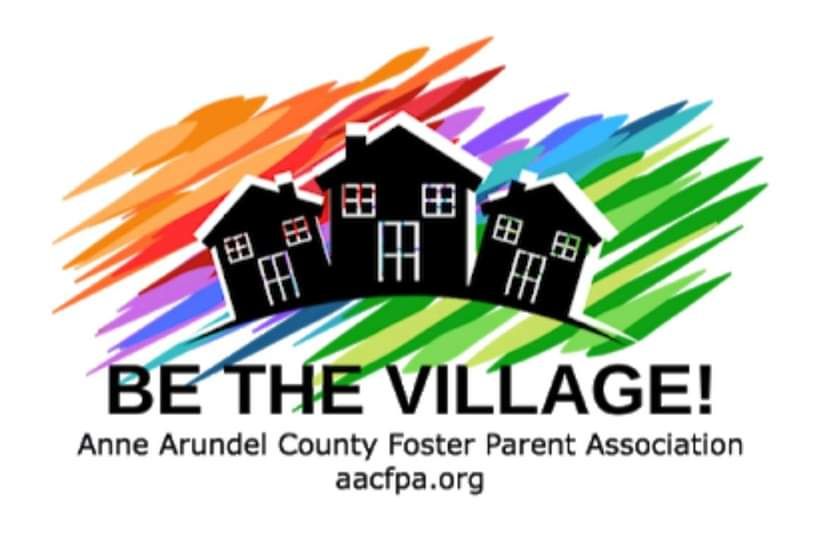Breaking the Silence: Why Speaking Up Saves Lives
For survivors of childhood trauma, silence often feels like the only option. Fear, shame, and stigma can create an invisible barrier that prevents individuals from speaking about their experiences. Yet breaking the silence can be one of the most powerful steps toward healing—and it can literally save lives. Whether it’s a child confiding in a trusted adult, a foster youth sharing their struggles, or an adult survivor finally finding their voice, speaking up interrupts cycles of abuse, opens doors to support, and offers hope for recovery.
This article explores why silence is so damaging, how speaking out can change lives, and what we can do as a community to create safe spaces for survivors to share their stories.
Read more …Breaking the Silence: Why Speaking Up Saves Lives

























